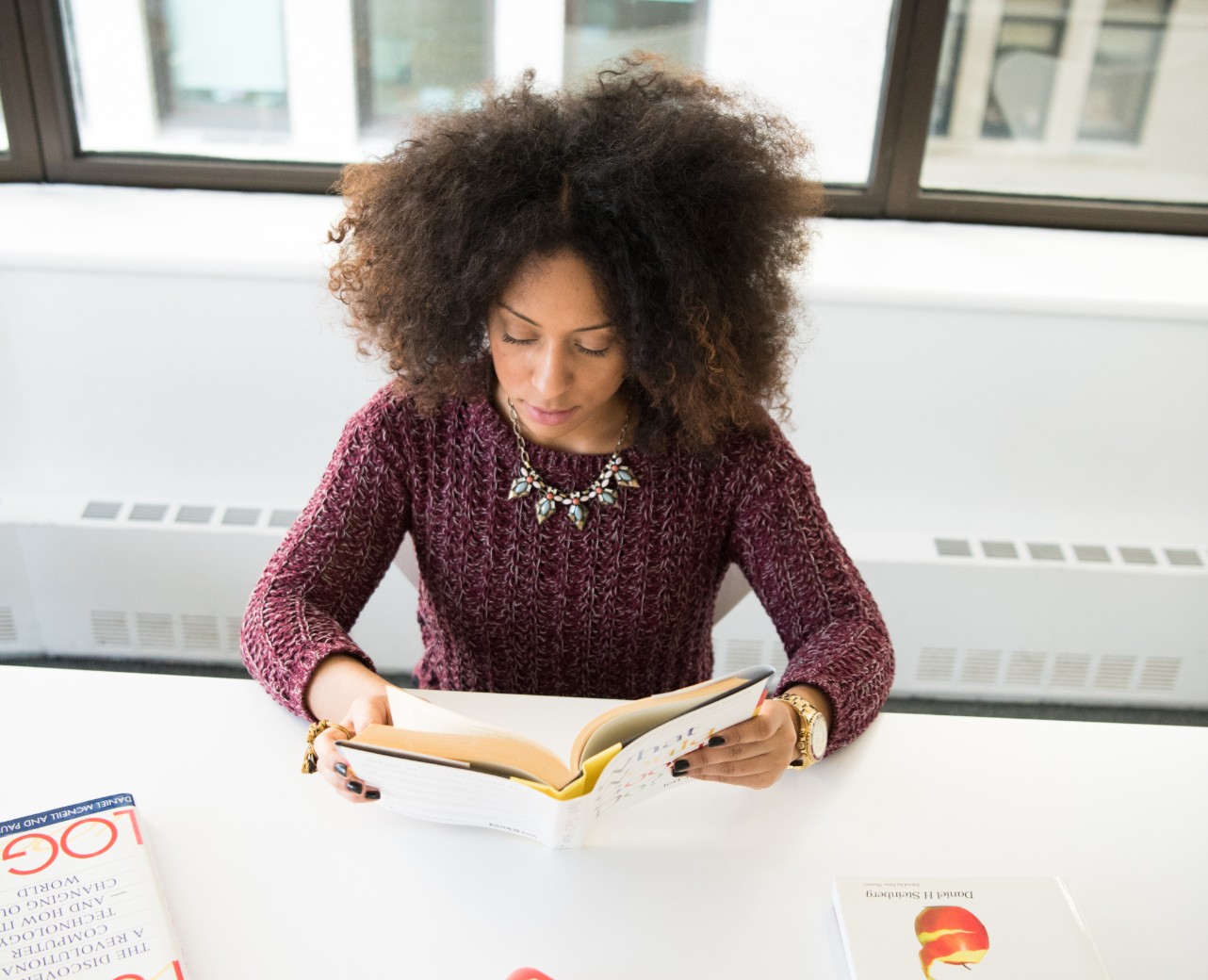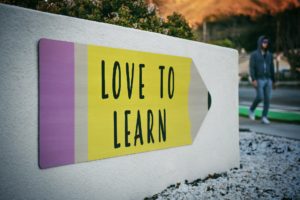
We are a reader-supported education publication. When you buy through links on our site, we may earn an affiliate commission to help us keep providing content.
Can you imagine memorizing the ABCs without singing a song, or learning the U.S. capitals without a map? When you were in kindergarten, your teacher used different learning styles in the classroom — like choreographed dances to remember anatomy and puzzles to learn the 50 states. But as you progress through the school system, it’s unlikely your educators use these same techniques. As you progress through your academic career, it’s important to know — what’s your learning style?
Research shows that different learning styles, such as visual, auditory and kinesthetic, may help individuals learn more effectively. In essence, you have to “learn” how to learn.
Regardless of where you are on your academic journey, identifying your preferred method can set you up for success. There are even learning styles for college students, which vary from person to person. Here’s what you need to know about the different learning styles — and how you learn personally.
What’s Your Learning Style? The Different Styles of Learning
Researchers have proposed an estimate of over 71 models of learning styles over the years, but the three most common ones are visual, auditory and kinesthetic. While some studies suggest that seven models exist, most educators focus on the three main techniques. Let’s investigate what they are and how you can use them:
Visual
Do you remember concepts by seeing an image in your head? You might be a visual learner.
While visual learning may seem self-explanatory, the concept is a bit more intricate. Visual learners do tend to perform best when presented with new information they can see. But they’re also more likely to comprehend vast amounts of data and organize it into something logical. When a visual learner tries to remember something during a test or when writing an essay, they often see a picture of the information in their mind.
Take action by using flashcards. Re-writing may help you visualize individual pieces of information more efficiently, such as a definition or an important date. Doodling in class may even improve your retention of the materials you hear while you produce an image.

Auditory
Auditory learners enjoy lectures and group discussions. They tend to hear how things were discussed when they try to remember new information. These scholars may benefit from reading aloud or listening to certain music when memorizing new material. Because they remember sounds best, they often use songs or jingles to help retain knowledge.
Take action by joining a study group. Auditory learners process information best out loud. You are more likely to digest and recall complex data if you talk about it or listen to someone else.
Kinesthetic
Kinesthetic learning is more than just “hands-on” education. Kinesthetic learners benefit from tangibility. They prefer to handle materials, and they associate a physical action with new information. For example, some kinesthetic learners benefit from tapping their feet to a beat when they memorize or running their fingers along the lines of text. These students tend to be most suited for in-class demonstrations and fieldwork.
Take action by changing your scenery. Just because you need to sit still for an hour-long lecture doesn’t mean your study habits have to be the same. Review your notes while doing a wall sit, listen to a speech while walking or draw things out on a whiteboard. You will benefit from the physical activity associated with the new information as well as the change of environment.

What’s Your Style?
When identifying your learning style, think about how you remember facts and concepts. When you’re taking a test or recalling research for a project, how does it appear to you? Do you need to tap your feet and go through the lyrics of a song you made up, trace out doodles or visualize the graph on a presentation?
Maybe you find classroom demonstrations helpful in biology, or you create jingles to memorize the U.S. presidents in history class. More than likely, you utilize more than one learning style, depending on the subject matter. Students are rarely one type of learner. There is always room to develop a new method or improve your technique.
If you’re interested in learning more about how learning styles can help you succeed, take a quiz to identify which one is right for you.
Use Your Learning Style for Success
Your learning style is how you best receive, understand and utilize new information. By paying attention to which learning situations you find easiest to remember, you can establish which technique is most beneficial to you. Heed experts’ advice and don’t try to fit your entire academic career into one method — exploration and flexibility will help you succeed.









